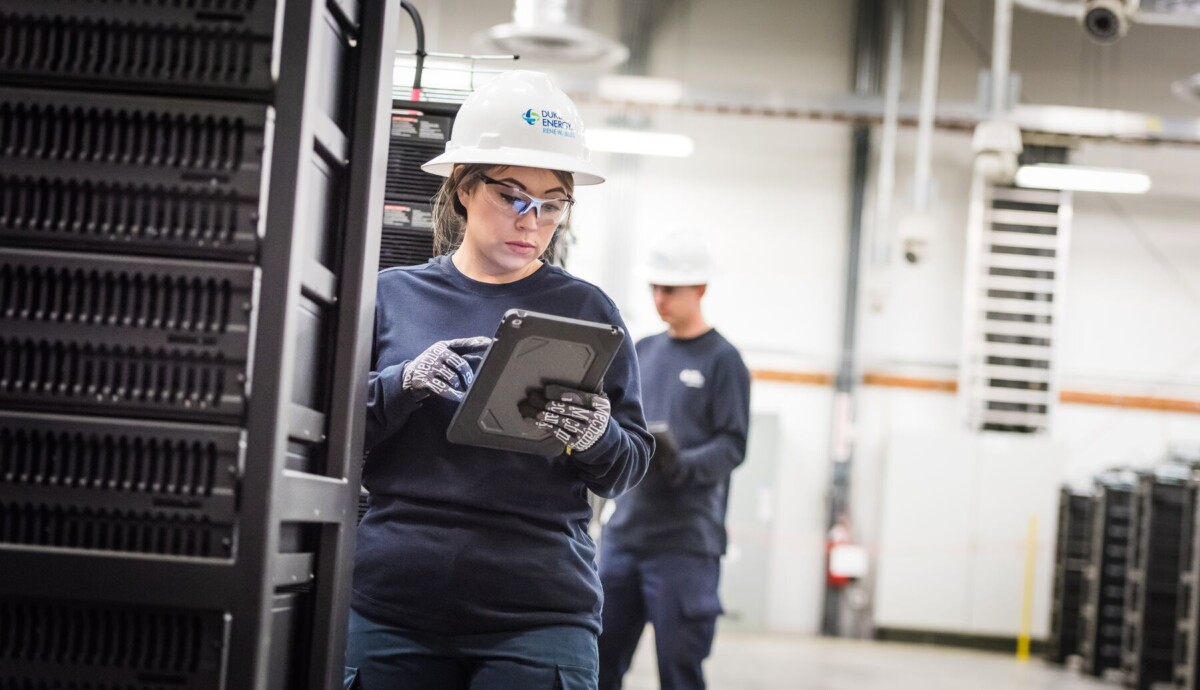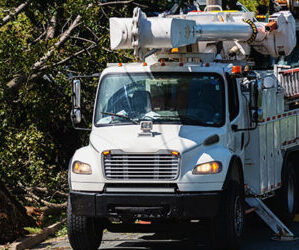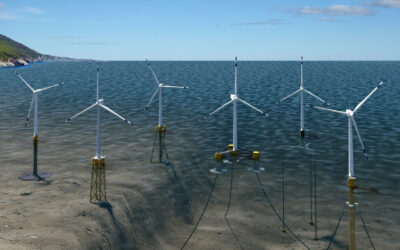Type the phrase “energy storage” into an online jobs board and the screen is likely to populate with an abundance of career opportunities. Energy storage has become one of the most in-demand career segments of the energy industry.
To understand the energy storage labor market, it is helpful to understand that the electric generation mix is evolving to include vast amounts of solar and wind generation, accompanied by battery energy storage technologies that charge when the sun is shining and the wind is blowing, and discharge into the grid when needed. The job market is so hot because energy storage is the lynchpin for the widespread expansion of both renewable energy and electrification.
In the past when U.S. electricity generation was fueled by coal, natural gas, nuclear, and hydropower, generation would be ramped up or down to meet demand. However, electricity produced by solar and wind often doesn’t match demand patterns and that is where storage comes in.
Today, solar and wind energy capacity accounts for 21 percent of U.S. installed capacity and according to the U.S. Energy Information Administration, 2021 forecast could more than double by 2050. Energy storage helps integrate renewable energy resources. It also improves energy grid reliability by providing grid stability services, reducing transmission constraints, and meeting peak demand. Wood Mackenzie Power & Renewables projects U.S. energy storage capacity will grow from 2020 two and a half times by 2026. Energy storage installation growth is a global phenomenon, happening even faster in some countries.
The array of storage technologies and chemistries is adding to the demand for workers. Different skills are needed for different technologies.

Rodney James
Rodney James, a technology department manager with Duke Energy in suburban Charlotte, N.C., said few outside the industry realize how many different types of skills are needed in the energy storage field.
“When we do these projects, we are involving hundreds of people to make this work,” James said. “It’s not like [someone] just pops in a battery and we say we are done. It’s going to be so many people from construction, the site preparation to the installation to the communication to whomever.”
Positions range from entry-level construction jobs to electricians and other skilled craft workers. There are engineers in many disciplines, IT professionals, finance experts, and others with advanced college degrees. Still other jobs involve customer education, consumer psychology, logistics, and community engagement.
Lithium-ion batteries – such as those in electric vehicles – are receiving much attention because their costs are dropping. Electricians and other technicians are involved in the installation and maintenance of these arrays in stationary storage. The Biden Administration’s recently announced U.S. battery supply chain goals open even more career opportunities in the domestic mining, refining, manufacturing, and recycling industries.
There also are large-scale projects that require large-project construction skills as well as technical and scientific knowhow. For example, some are exploring new pumped-storage hydro projects. Already the largest form of electricity storage in the country, these massive projects pump water uphill at off-peak times and release it later to run through turbines to generate electricity. Others are using compressed air, flywheels, thermal storage, and hydrogen.

Larry Durante
“Changes to the ways we generate electricity, the rapid growth of energy storage, and the many innovative energy storage methods and technologies are leading to exciting new career opportunities for job seekers of all backgrounds,” explained Larry Durante, a principal engineer at National Grid in Clinton, NY.




